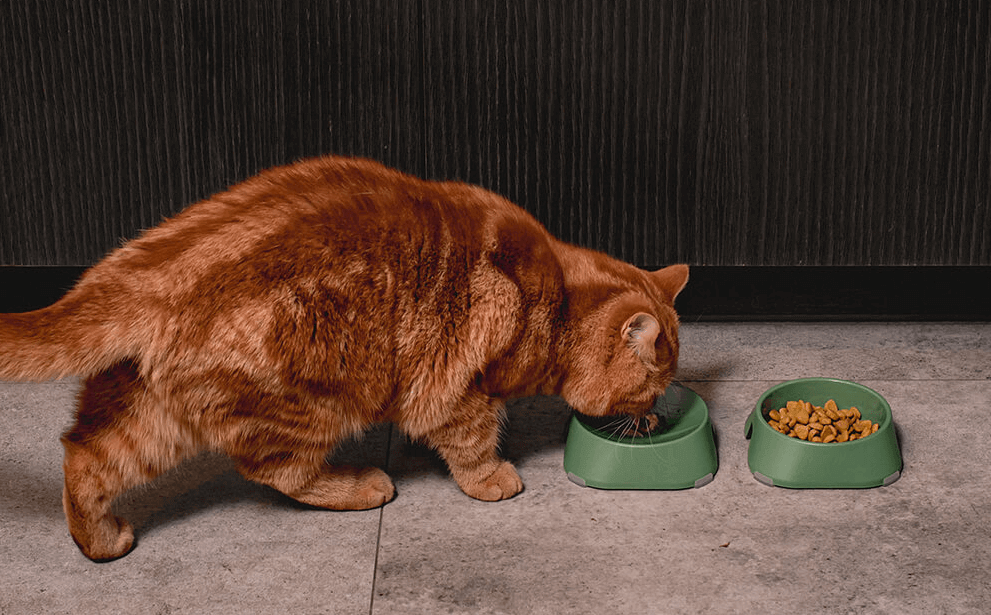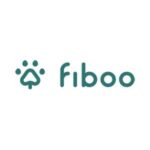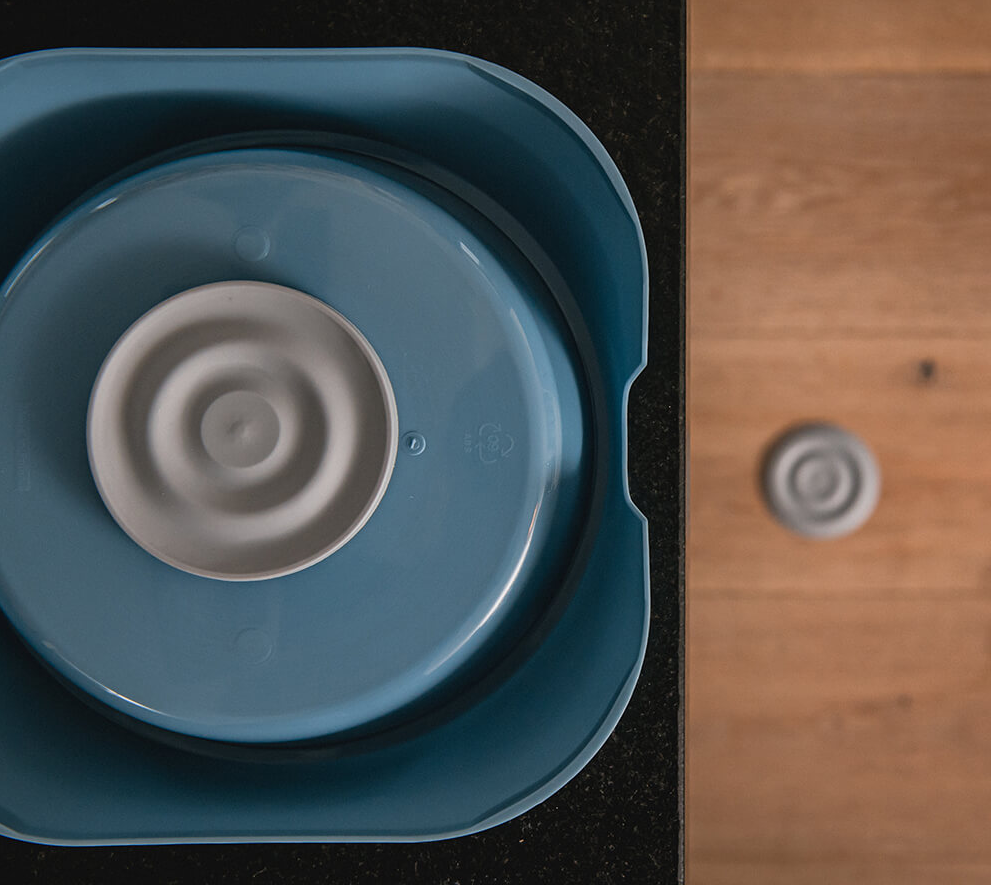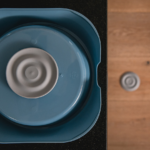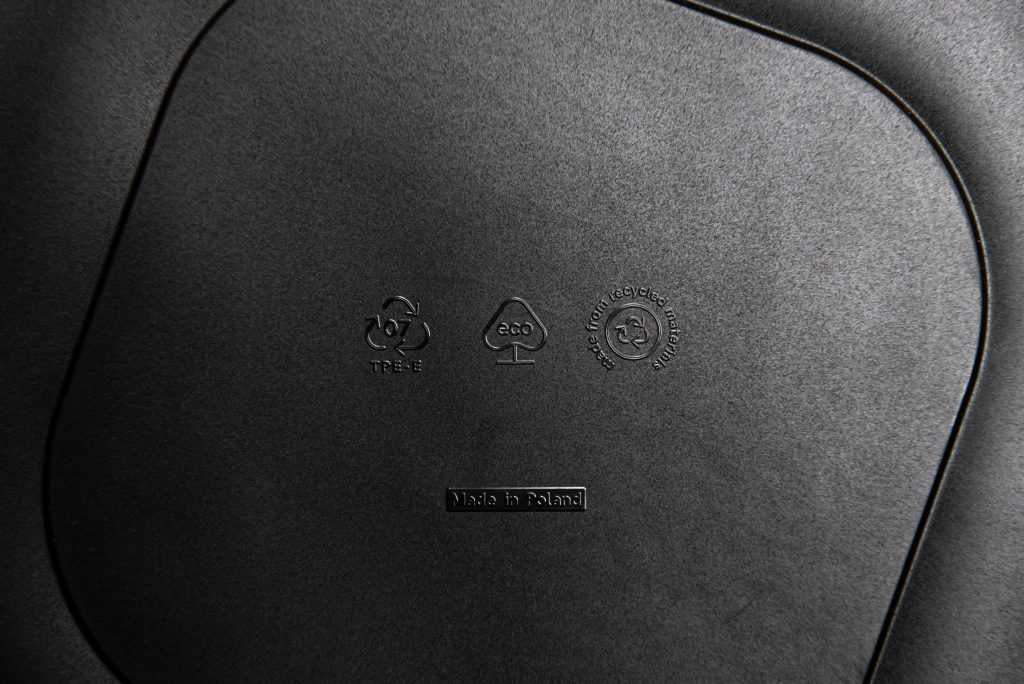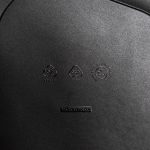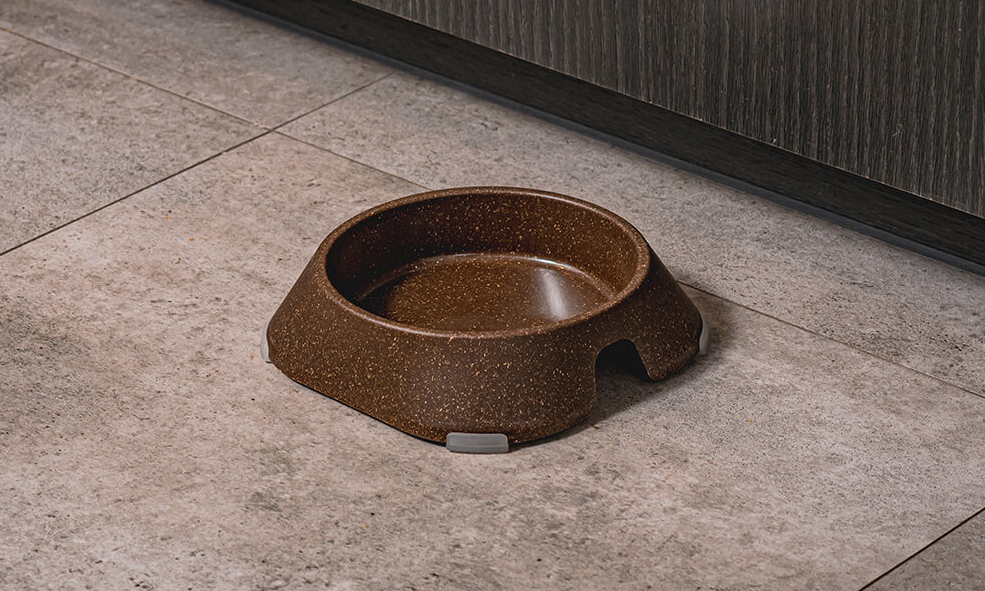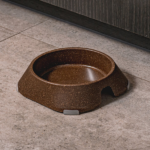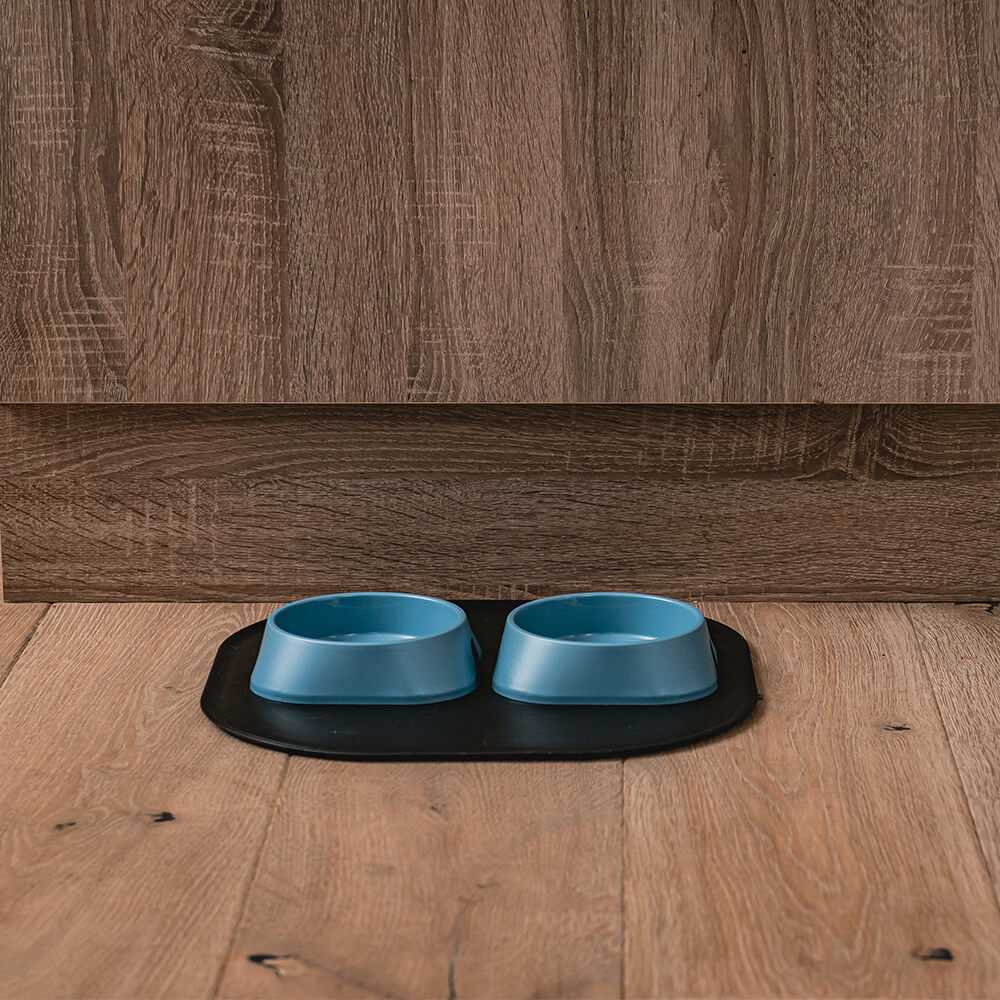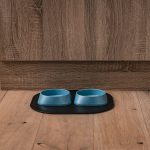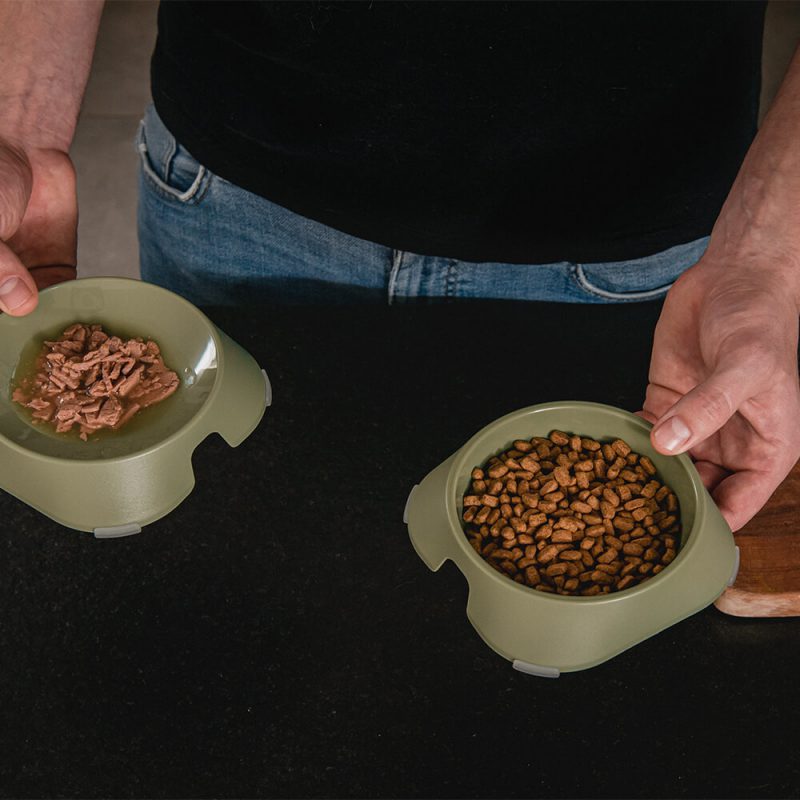
Ecology – the second pillar of our brand without which our products would not exist.
Ecology has recently become a very popular marketing phrase.
All products seem to be ECO FRIENDLY now. Companies use the so-called Greenwashing and treat ecology as a marketing gimmick.
We don’t want our brand to be perceived this way. Below we present some arguments in favor of the eco-friendliness of our products.
First of all, we believe that ecological activities cannot be assessed just as good or bad.
Under the published articled concerning eco-issues there are also fights of opponents who try to convince everybody that eco-values are not that significant as we can think and that they are not that much effective as we believe them to be.
Why has plastics been the main topic for several years as an ecological problem of the world? Because they are mass materials. They are largely used as a material for the production of disposable products.
The problem is not the slow decomposition of plastics (which we are not able to accurately estimate), but the amount of waste and the problem with waste management.
While implementing our products we spent the most time on choosing the best materials.
Both for ecological and functional reasons, but now let’s focus on their ecological values.
The most attention was paid to the pet food bowls – we have tested a several dozen different “bio-plastic” mixtures.
Unfortunately. None of the tested materials were perfect. The development of these plastics is at its very early stage and at the moment we are not able to use a one-to-one material that could replace the petroleum-based material.
In the end, we developed two series of bowls.
The basic line of them is made of rPET – a recycled material. It is a material that comes from selective collections of PET bottles. The material is of high quality, which is confirmed by certificates approving the material for contact with food.
By purchasing our bowls, you support waste management.
It means that there is a smaller amount of materials deposited, for example, in
landfills.
Different kind of sources publish slightly different statistics.
However, we can assume that in 2016, approximately 480 billion bottles made of
PET were introduced to the market.
Each of us uses almost 100 bottles a year.
Assuming that the average bottle weighs about 35 grams what gives us 3.5 kg of
material that we are trying to use again. We
need to give a new life to plastics that are perfectly suitable for recycling.
This is the key to the eco-problem of plastics. THEIR
RECYCLING.
The largest bowl in our offer weighs about 160 grams. It’s
almost 5 bottles that you can process together with us and take care of ecology.
To conclude the topic of rPET bowls, I invite you to the article devoted to the colors of bowls.
SEE THE ARTICLE
The second series of our products are pet food bowls
made of PLA.
During the testing stage, we made tests of many types of PLA available on the
market – from the most basic materials to the filled versions etc.
The main problem was their temperature resistance. The
production process did not allow us to obtain adequate resistance.
At 60 degrees, the bowls became flexible and lost their shape.
After many attempts, we decided to make our own original compound – our
material is made of PLA and includes 20% of hemp fibers in it.
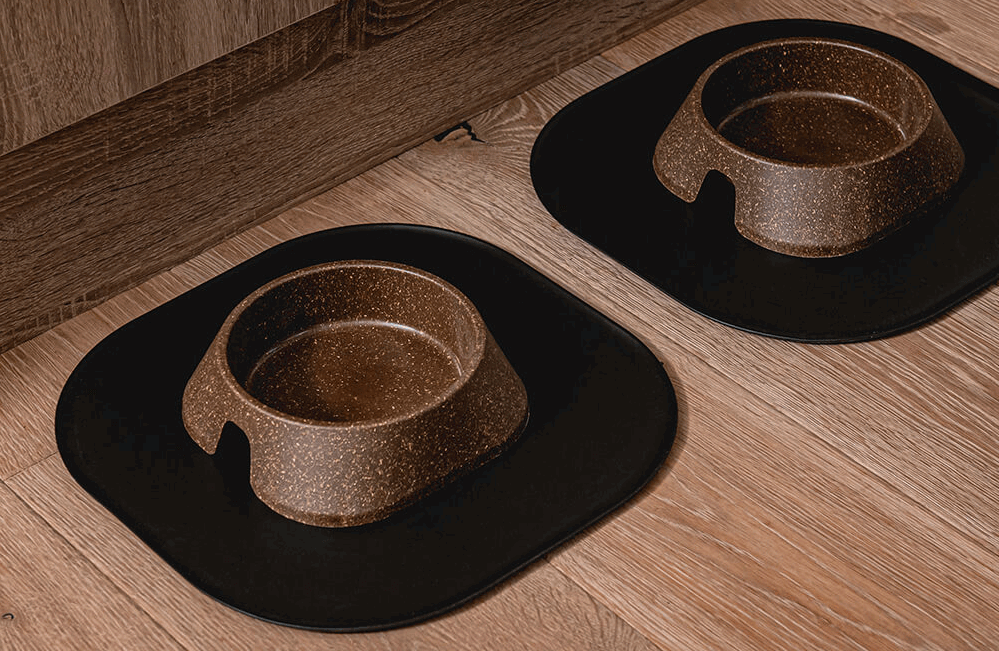
These fibers give the bowl a higher temperature resistance – while the recommended temperature at which we keep the bowl is still 45 degrees. We do not recommend putting the bowl outside – the topic will be developed in the next article – Using Fiboo products https://fiboo.pl/en/2021/04/13/use-of-fiboo-products/
The bowl with the addition of hemp fibers is made in one – natural color.
See our Catalog of Eco-Bowls
PLA is a bio-based material – i.e. no crude oil is used in production and it is a biodegradable material.
What exactly does biodegradable mean? – take a look at the article linked below –
Biodegradable/compostable/oxo-degradable – what does it all actually mean?
Except the materials we used for the production of bowls, we also use thermoplastic elastomers from recycling.
Using them we make products such as:
Pet food mat – 32×32 cm
Pet food mat – 43×22 cm
Litter mat – 30×30 cm
Except the material ecology, there are other arguments
that, in our opinion, also affect a responsible approach to environmental
protection.
TRANSPORT / LOGISTICS
It is not often said about the pollution of the environment by transport –
especially about the sea transport.
It is obvious that by buying products locally, we also reduce the general pollution!
One large container ship produces as many poisonous compounds a year as 50
million cars. The
fuel used by 90,000 merchant ships sailing around the world, in turn, contains
2,000 times more sulfur than diesel poured into cars.
According to specialists, the situation is serious. The
newest cars that travel 15,000 kilometers annually emit 101 grams of sulfur
oxides during this time. The
world’s largest marine engines can emit up to 5,200 tons of sulfur oxides
during a 280-day cruise.
Source: https://www.focus.pl/artykul/kontenerowce-truja
Let’s
take care of our ecosystem together.
We need to know that we are able to control a
deepening problem taking small steps.
O autorze
Specjaliści Fiboo poświęcają każdą wolną chwilę na zgłębianie swojej pasji, którą są psy i koty. Czytamy, poznajemy, studiujemy - a przede wszystkim obserwujemy nasze zwierzaki, aby poznawać ich nawyki, preferencje i oczekiwania. Naszą wiedzę przenosimy na tego bloga, abyście i Wy mogli jeszcze lepiej odwzajemniać ich miłość i oddanie. Zachęcamy do czytania naszych porad i ciekawostek.

